Bean Sidhe
2007
by Eric Whollem
copper carbonate on white earthenware clay
Photo copyright by the artist
CLICK ON IMAGE TO ENLARGE
The Irish Legend of the Bean Sidhe
The Banshee, well known from folklore, is referred to in the Gaelic
language of the Irish as the Bean Sidhe. The term Bean means 'Goddess'
and the expression 'Sidhe,' pronounced 'Shee,' refers to those elemental
beings who are sometimes considered 'fairyfolk.' The term 'fairy' is said
by some Celtic scholars not to apply to ancient Irish folklore. However,
some speculate--on phonetic similarities--that insofar as 'fir' means 'man'
in Gaelic, a 'fir sidhe,' may have been original roots from which 'fairy'
sprang. Usually the fairies have been associated more with British legend,
according to some students of mythology, who advance the preeminence
of the leprecaun with respect to the Irish. The concept of the 'wee people'
did not arise until Shakespeare's time, with the advent of the popular
Midsummer's Night's Dream.
However, we will see below a presentation of ideas that may give us
other etymological roots for the term 'fairy' and reasonably
demonstrate that the fairies are indeed related to Celtic legend.
ELVES, FAIRIES & GIANTS
In the lore of old Europe, beings such as the elves and fairies were
said originally to be about the size of normal humanity.
There are, however many myths that deal with the Giants. These were
called the Aesir in Scandinavia. The original Irish giants were the Fomors.
The Titans were the race of giants in ancient Greece. While in Persia
there were tales of the Ocean Devs, huge sea giants from the Sea of
Vourukasha.
THE PERIS: THE ORIGINAL FAIRIES
The Persians called their fairies Peris. And insofar as Persia is the
motherland of the Indoeuropean peoples, the Peri seems to me to be
the original lexeme from which the word 'fairy' seems to have arisen.
The Celts of Ireland have historical roots in Persia. The Fenian Migration
began in Persia, where one Fenius Farsa lead a group of peoples to new
lands. Farsa means Parsee, or Persian. Fenius was a Scythian, from
that group of Central Asian tribespeople whose art recalls the coiled
and intertwined arts of the Celts of Europe.
The Fenians travelled to Phoenicia, Egypt, Carthage and Spain before
embarking on a sea journey to the north countries. Spain is called
Iberia; and one old name for Ireland is Iberiu.
It seems to me that the term fairy as is used by modern Celtic and
British people could in fact be derived from the Persian 'Peri.' To
augment this argument, the Persians have a legend of the Peri
Mergiana, whose name means Sea Wisdom. She may have been
mythically transformed into the Morrigan, or Sea Queen, of Celtic
legend.
There is room to speculate that Morrigan was a Bean Sidhe, as she
is said to have appeared in the form of ravens on the battlefields
after a war to take the souls of the departed to the Otherworld.
The Banshee's wail is considered to be the mourning cry of those
sidhe whose function it is to transport the departed souls to Emania,
the Celtic Heavenworld.
CELTIC CERAMIC TRADITIONS
My sculpture exhibited on this post blends Celtic stylization with
Hellenic art, and is thus a syncretic mythographic work of art for our
modern times. The feet placed together at the base are found in many
Greek sculptures of the Kore. The Greeks colonized Ireland at one
time. . .the Milesian migration of many centuries ago.
The Irish had a tradtion of ceramic masks, but these are now lost,
having been thrown into lakes after the time of St. Patrick, when
the pre-Christian arts of Ireland were placed in disrepute in keeping
with the new wave of spiritual teachings.
_____________
See my posts on Mythographic Art on this link:
This link will take you to my posts on Celtic Myth:
BELOW IS MY VIDEO
ABOUT THE VOYAGES OF ST. BRENDAN
AND THE LORE OF
MANANAAN MCLER
FROM IRISH MYTHOLOGY
ERIC WHOLLEM
View what Wikipedia has to say about Fairies on this link:
Take a look at my posts on Fairies here:
SOME OF MY FAIRY
ART INVOLVES
FANTASY STAMPS FROM
IMAGINARY FAIRY LANDS
GROVE OF THE NAIAD
faux postage stamp
by Eric Whollem
To access my post about the Fairyland of Persia see:
BELOW IS A VIDEO
FEATURING MY
CERAMIC ART
ERIC WHOLLEM
For my posts on Ceramic Sculpture see:
*
Ceramic sculpture, Goddess art. Mythology; mythographic art.

















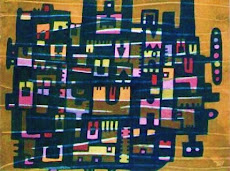


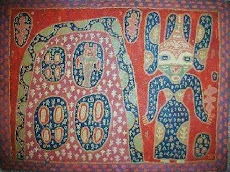






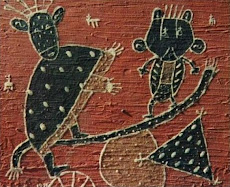


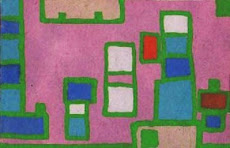




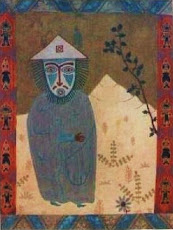



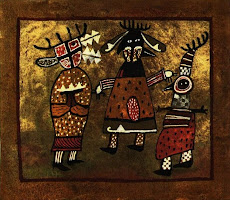






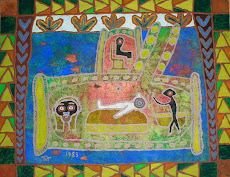




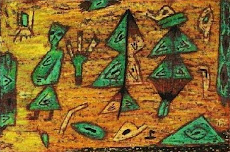
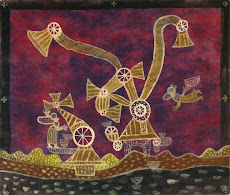






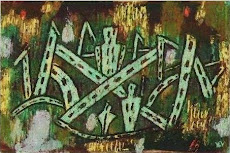
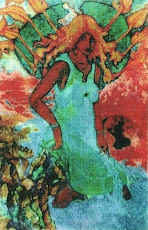

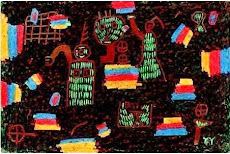
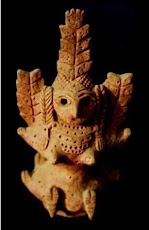
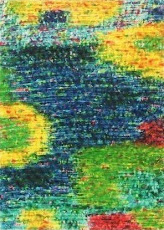




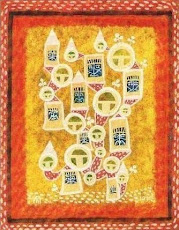
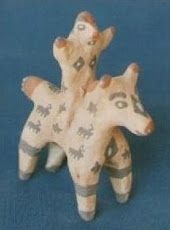
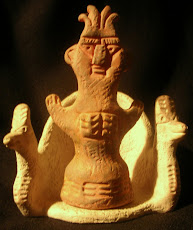
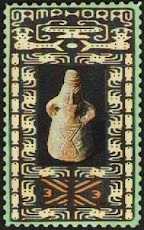
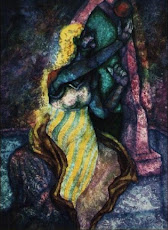
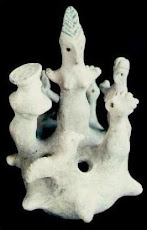

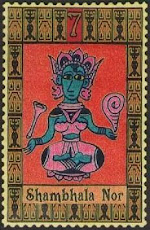

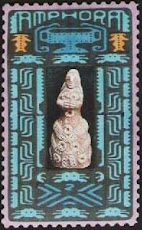
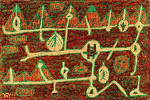

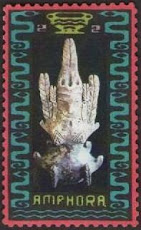



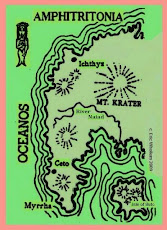
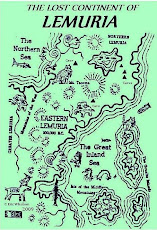
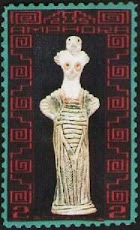



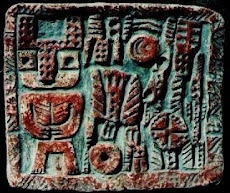

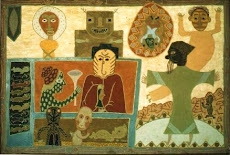





No comments:
Post a Comment
Inquiries, reactions, observations, favorites, commentary. Share with others.